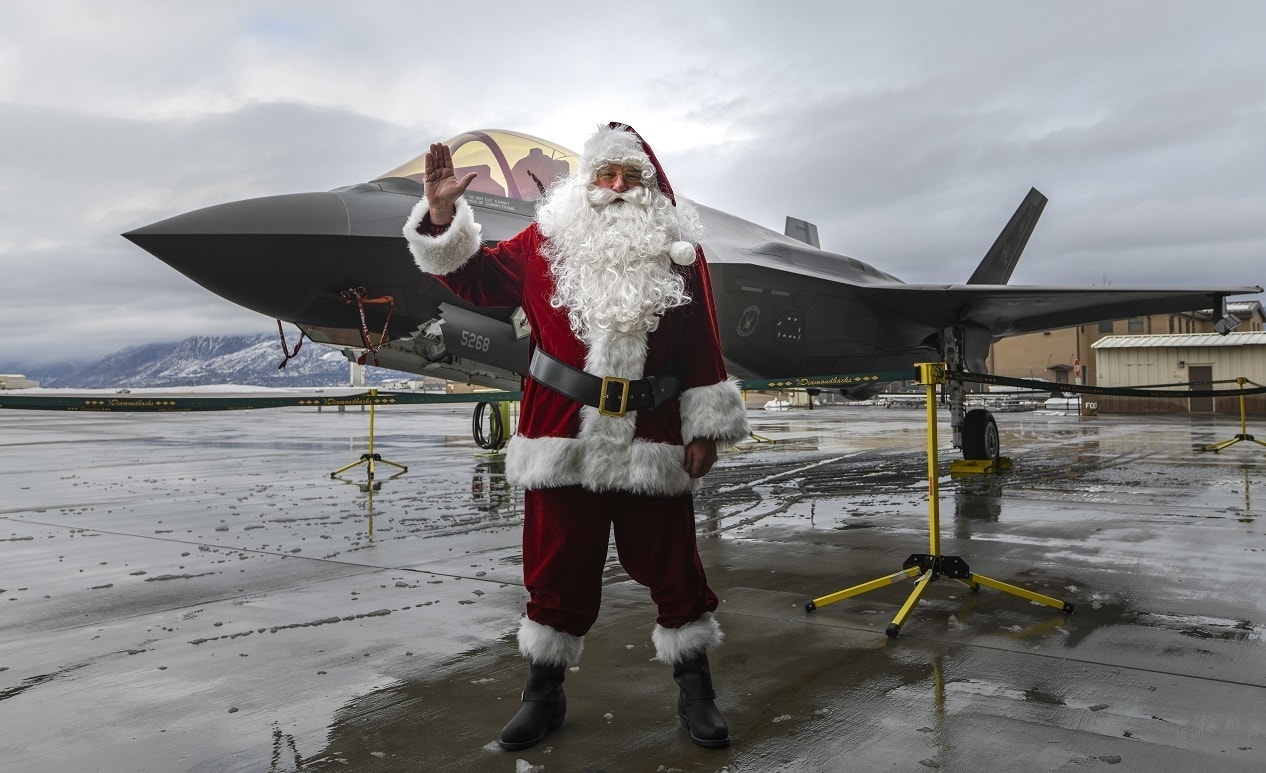For sixty-plus years the NORAD Santa Claus tracker has supplied children the world over with data about Santa’s incursions into national air space. From its humble beginnings as a newspaper misprint, the Santa tracker has become a mainstay of the Department of Defense’s holiday public relations engagement. Treating Santa as an air defense threat brought together a complicated set of holiday traditions with the global history of military aviation. Given that Santa’s reindeer are poised once again to rain holiday terror upon the world, it’s worth examining the evolution of efforts to defend against the North Pole.
Santa the Sky Warrior
Santa Claus has not always delivered presents to houses through the air (or indeed delivered presents at all), but by the mid-nineteenth century, the idea of flying reindeer was present in some American Christmas traditions. This meant that, apart from a few hot air balloons, Santa had complete control of the air domain. The first challenge to Santa’s domination of the skies emerged in the First World War. Air defense technology evolved rapidly across the course of the conflict, with specialized pursuit or “fighter” aircraft quickly emerging to challenge control of the sky. The range and lethality of ground fire also increased exponentially. Santa experiment with both lighter- and heavier-than-air platforms for the delivery of payloads, but excessive flammability made the former unworkable. “Santa’s Dirigibles” would quickly find themselves consigned to the dustbin of history.
Santa’s answer to the problem of pursuit aircraft and anti-aircraft weapons after the First World War was to fly higher, faster, and with as many friends as possible. Inter-war North Pole Tactical Air School doctrine insisted that formations of armored, heavily armed reindeer could outrun or fend off enemy fighters while operating from altitudes that made ground fire irrelevant. Faster, more powerful interceptors helped to alter part of this equation, while the development of radar and more lethal ground fire made the self-defending reindeer formations altogether uncomfortable.
The development of jet and missile technology after World War II changed the game once again. Initially, Santa’s elves tried to solve the problem of deep penetration delivery through the same general theory they had used before; sleighs pulled by turbojet reindeer could, after all, fly higher and faster than earlier models. Experience demonstrated, however, that surface-to-air missiles could target even the fastest and highest-flying sleighs. After considerable technological turmoil, Santa settled on a combination of legacy systems that would enable him to perform his mission. Instead of high flying precision runs, Santa Claus would approach low and slow, using stand-off systems to carve a path through air defenses and deliver presents at range. Later, Santa’s elves developed specialized reindeer trained and equipped to attack air defense systems and open a path for Santa’s sleigh. These “Wild Reindeer Weasels” targeted surface-to-air missiles systems with special munitions in order to carve open a safe path for Santa. Santa and his associates also used electromagnetic warfare to disrupt defensive radars, communications systems, and missile guidance systems.
Santa Goes Stealth
Eventually, this resulted in enormous “gift packages” that were both expensive and unwieldy. To resolve this Santa’s elves began to work on stealth technology, which would allow a single sleigh to avoid radar coverage and thus the most potent of air defenses. Santa had long enjoyed the built-in advantage of operating exclusively at night, but special stealth coatings and radar-defying shapes helped make the sleigh nearly impossible to defend against. Rudolf, in part because of his nose so bright, lacks stealth characteristics and was retired in 1993.
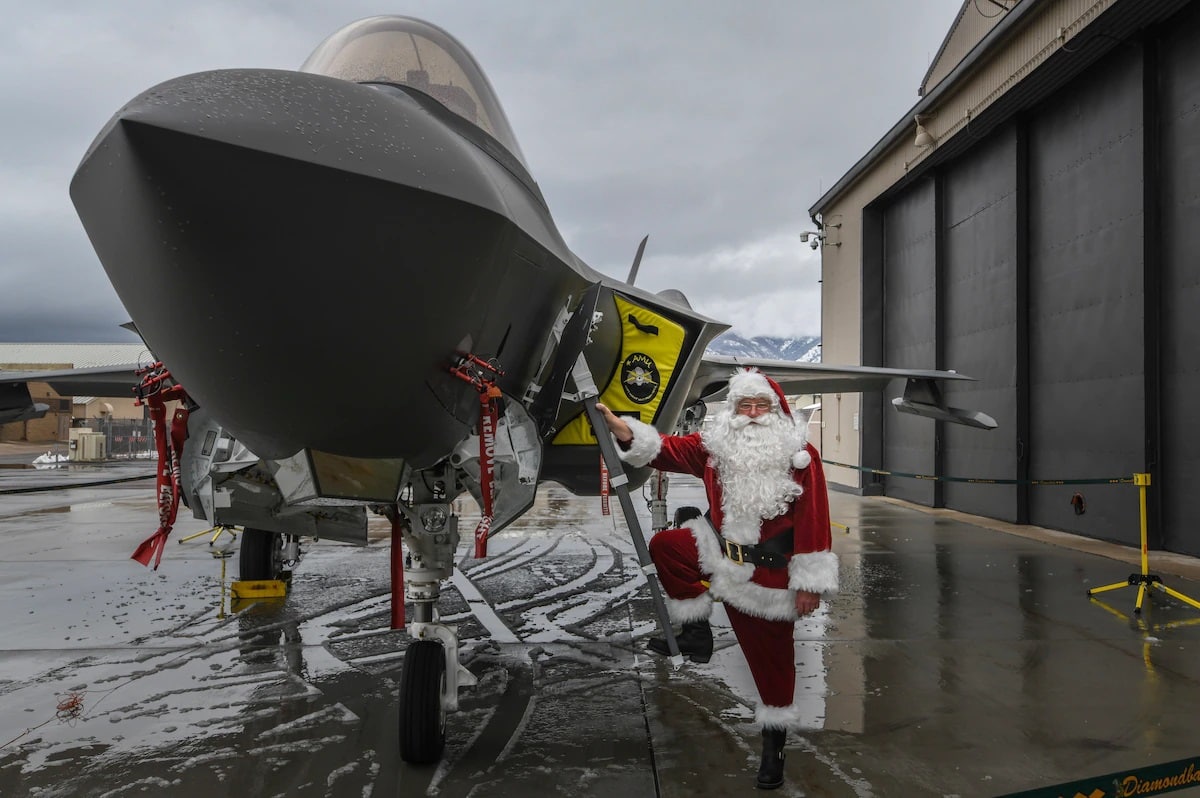
- Santa poses for a picture in front of an F-35 Lightning II before visiting members of the 419th Fighter Wing Dec. 8, 2019 at Hill Air Force Base, Utah. The wing hosts the children’s Christmas party annually to provide an opportunity for reservists to reconnect after a busy year of multiple deployments around the globe. (U.S. Air Force photo/Senior Airman Justin Fuchs)
But stealth is expensive and even Santa blanche at the excessive procurement and maintenance costs associated with the stealth sleigh fleet. Achieving economies of scale through extensive technology exports only solved part of the problem, so Santa’s elves remained hard at work. Utilizing expertise from the North Pole’s vast toymaking foundries, the elves developed a system of anti-air systems around a light, inexpensive drone technology. These drones could find components of air defense networks, track them, and then either guide munitions to the targets or destroy the targets themselves. Essentially, Santa’s drones can take apart air defense networks with a set of drone and communications technologies readily available at the North Pole.
Control of the air is important, and the balance between air attack and air defense continues to evolve. Reindeer can survive in permissive air environments, but Santa can’t count on the persistence of such conditions into the future.
Will we someday see Santa Claus develop space capabilities in order to maintain the North Pole’s dominance of the holiday skies? It’s more than possible; indeed, it’s almost inevitable.
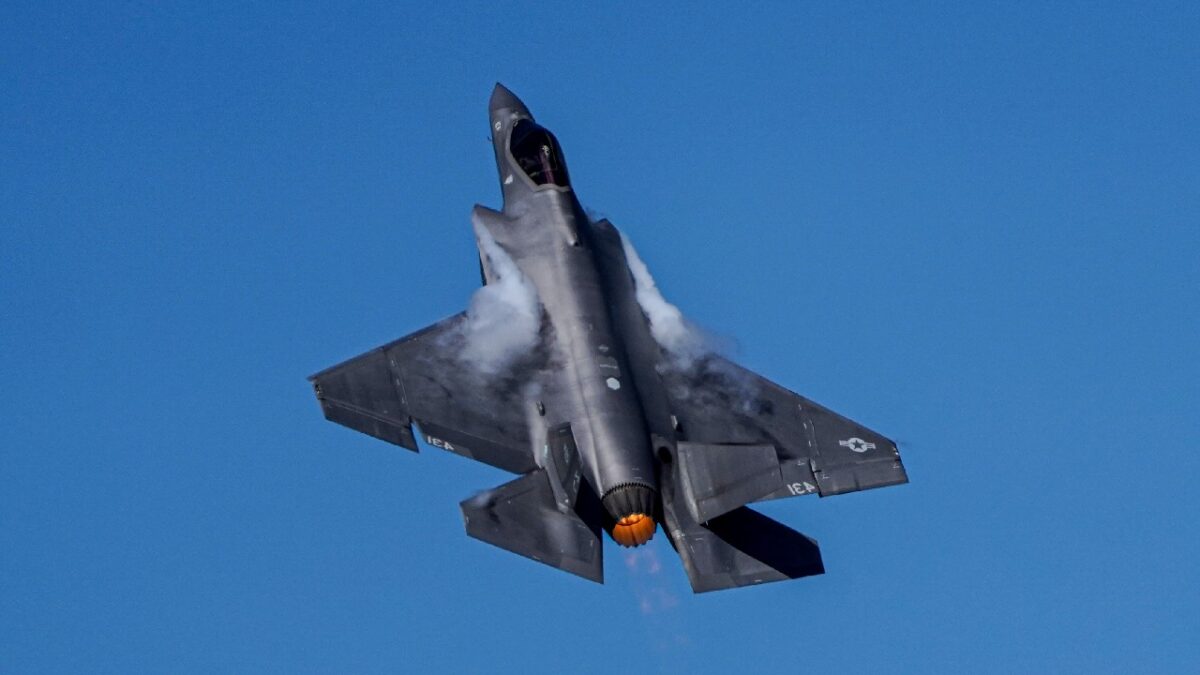
An F-35 Lightning II flies at the Blue Angels Homecoming Air Show at Naval Air Station Pensacola, Florida, Nov. 11, 2022. The NAS Pensacola Blue Angels Homecoming Air Show is one of Pensacola’s largest events, attracting 150,000-180,000 spectators during the two-day event. (U.S. Air Force photo by Airman 1st Class Trenten Walters)
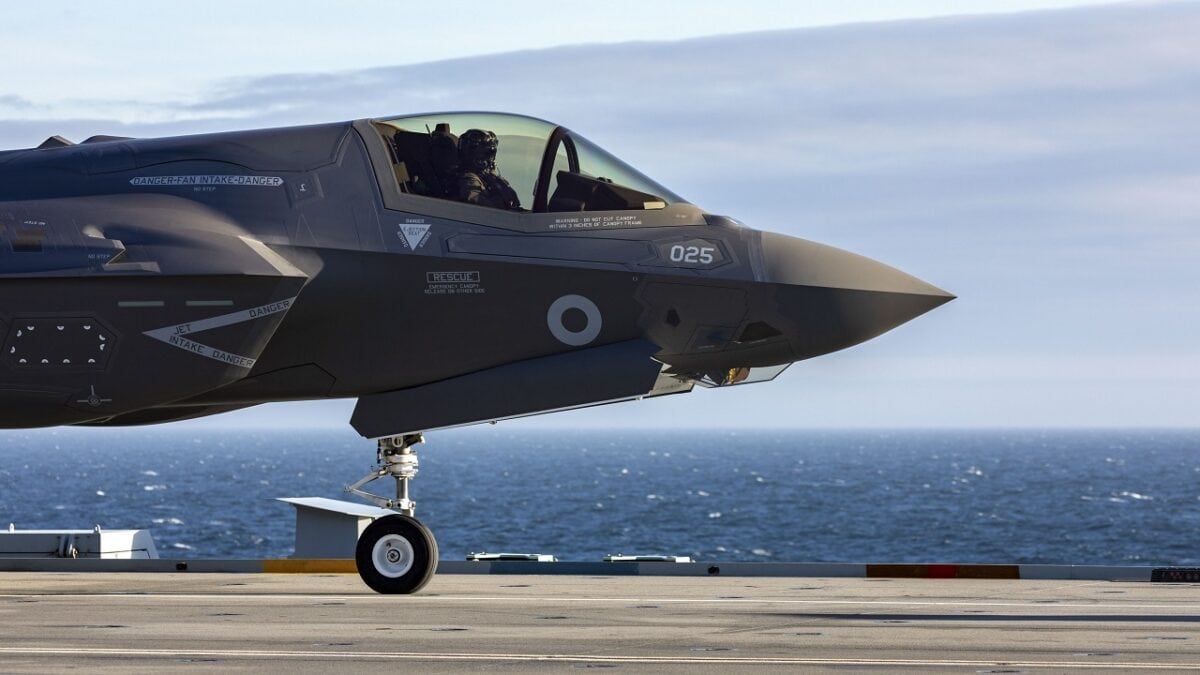
Image Credit: Royal Navy.
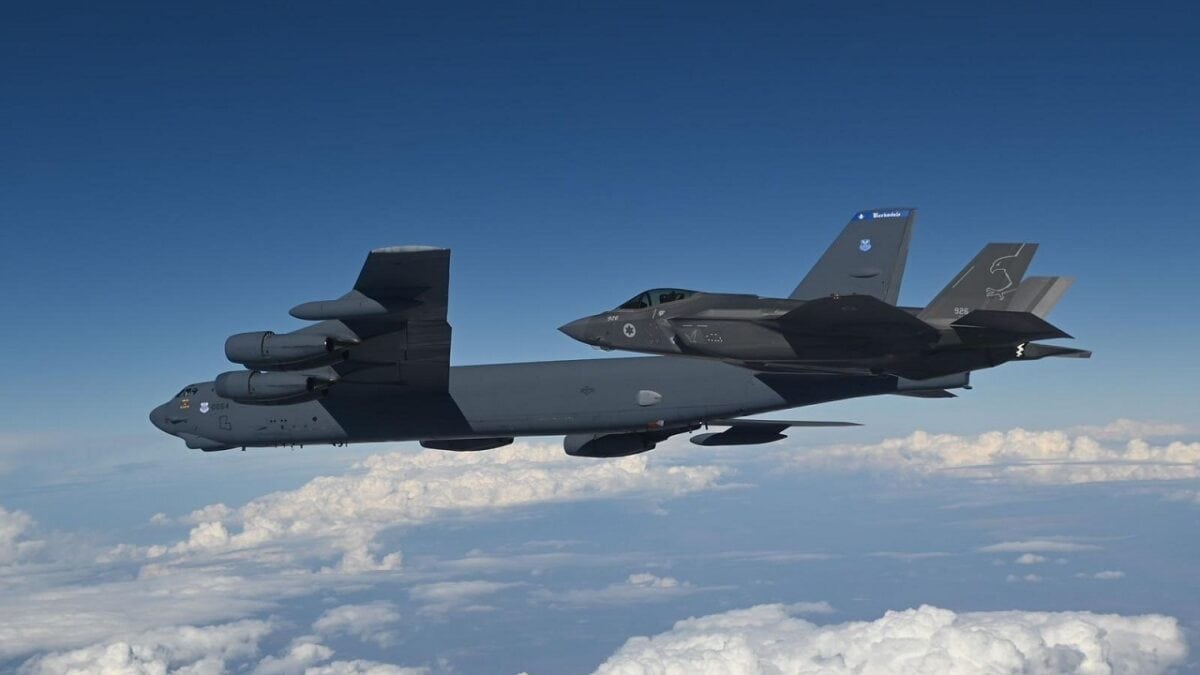
B-52H and F-35I Adir. Image Credit: IDF.
Now a 19FortyFive Contributing Editor, Dr. Robert Farley is a Senior Lecturer at the Patterson School at the University of Kentucky. Dr. Farley is the author of Grounded: The Case for Abolishing the United States Air Force (University Press of Kentucky, 2014), the Battleship Book (Wildside, 2016), and Patents for Power: Intellectual Property Law and the Diffusion of Military Technology (University of Chicago, 2020). Note: This was published last year and is being rebooted and extensively updated due to timeliness and the holiday season.

